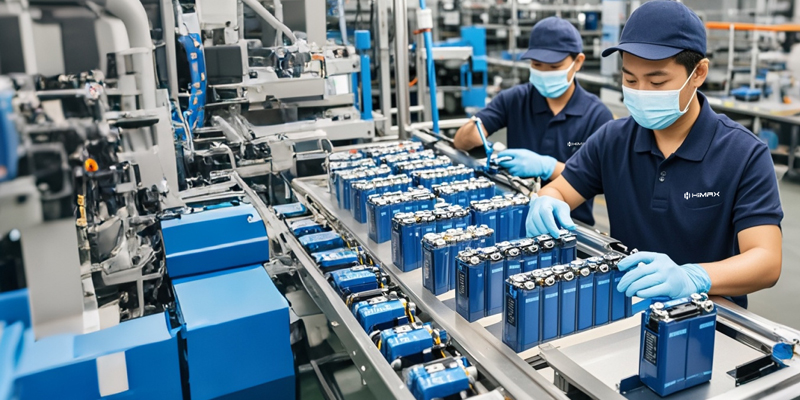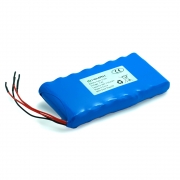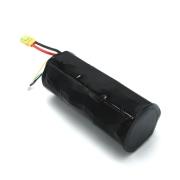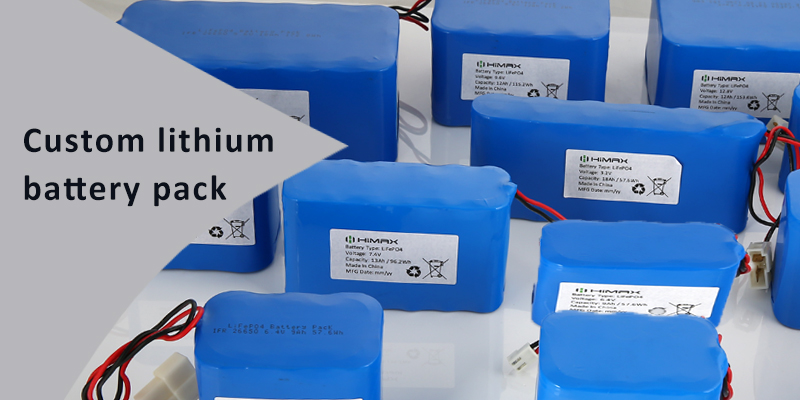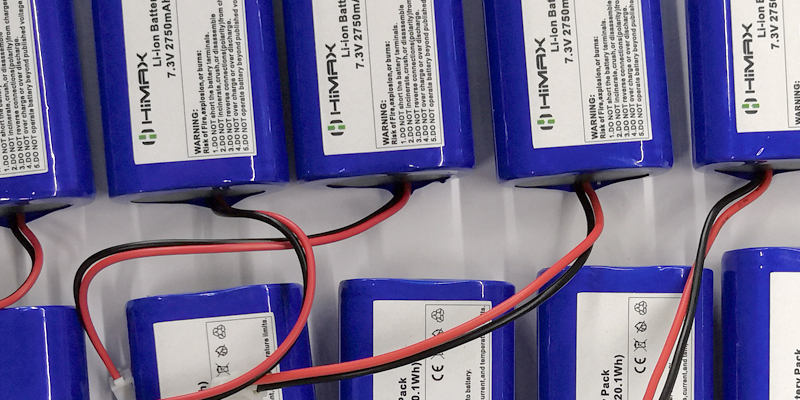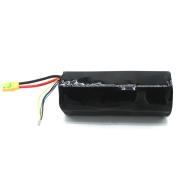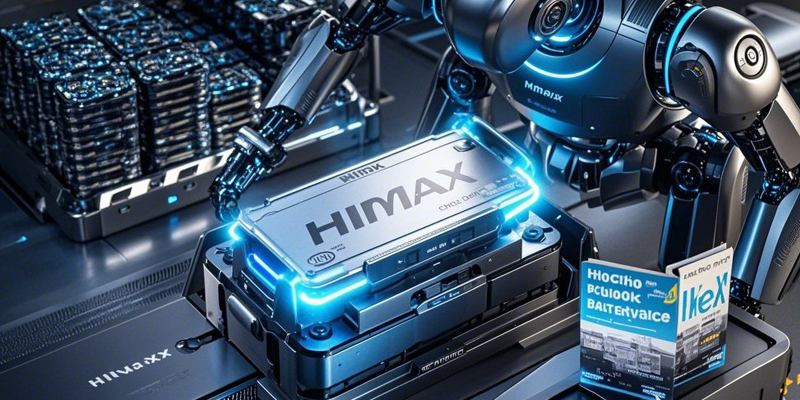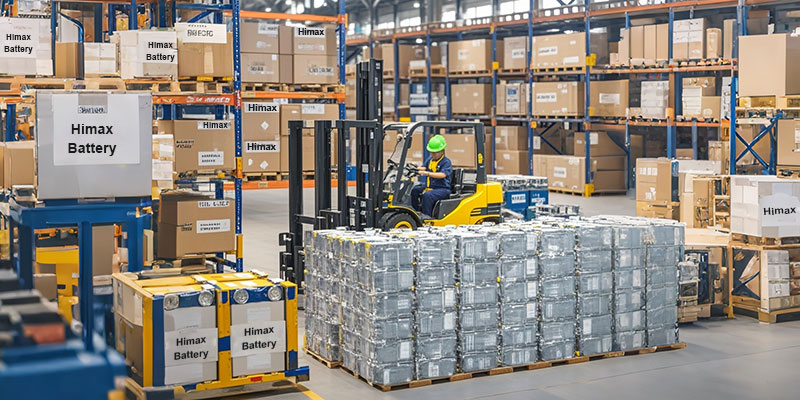Exploring Lithium-Ion Batteries: Understanding Lithium-Ion Battery Materials
A Deep Dive into the Core Components of Li-ion Batteries Technology
In today’s rapidly advancing technological world, lithium-ion batteries (Li-ion batteries) have become indispensable. From smartphones and laptops to electric vehicles and large-scale energy storage systems, Li-ion batteries are driving modern life thanks to their high energy density, long lifespan, and low self-discharge rate.
Let’s break down the fundamental components of a Li-ion battery—starting from cathode and anode materials, to electrolytes, separators, and auxiliary materials—and understand how they influence performance, safety, and cost.
I. Cathode Materials: The Performance Determinants
1. Lithium Cobalt Oxide (LiCoO₂)
Advantages: High energy density (~200mAh/g), stable voltage platform, widely used in smartphones, laptops, and other 3C products.
Disadvantages: Scarce cobalt resources, high cost, and poor thermal stability, which may pose safety risks at high temperatures.
2. Lithium Manganese Oxide (LiMn₂O₄)
Advantages: Low cost, high safety, suitable for power tools and low-speed electric vehicles.
Challenges: Relatively low capacity (~120mAh/g), and manganese dissolution during cycling, leading to performance degradation.
3. Ternary Materials (NCM/NCA)
Advantages: High energy density (~220mAh/g), with performance optimized by adjusting nickel (Ni), cobalt (Co), and manganese (Mn) ratios. The mainstream choice for electric vehicles.
Trends: High-nickel formulations (e.g., NCM811) can further increase energy density but require solutions for thermal runaway risks and cycle life issues.
4. Lithium Iron Phosphate (LiFePO₄)
Advantages: Ultra-long lifespan (>10,000 cycles), excellent thermal stability, widely used in electric buses and energy storage systems.
Innovation Directions: Manganese doping or composite with ternary materials to enhance voltage platform and energy density.

II. Anode Materials: The Key to Energy Storage
1. Graphite
Mainstream Choice: Theoretical capacity of 372mAh/g, low cost, and mature technology, but limited fast-charging performance.
2. Silicon-Based Materials
Future Trend: Theoretical capacity up to 4200mAh/g, but suffers from large volume expansion (~300%). Solutions include nanostructuring and carbon coating to improve stability.
3. Lithium Titanate (Li₄Ti₅O₁₂)
Advantages: “Zero-strain” material with extremely long cycle life, ideal for high-safety applications such as medical devices.
III. Electrolytes: The Ion Conduction Highway
The electrolyte is the ionic “highway” inside a Li-ion battery, enabling lithium ions to move between the anode and cathode during charge and discharge. Liquid electrolytes are most common, typically consisting of a lithium salt dissolved in organic solvents.
- LiPF₆is the most commonly used lithium salt, accounting for up to 43% of electrolyte costs.
- Organic solvents like ethylene carbonate (EC), dimethyl carbonate (DMC), diethyl carbonate (DEC), and ethyl methyl carbonate (EMC)are used in blends to optimize performance and stability.
The choice of electrolyte affects not only ionic conductivity but also cycle life and thermal performance.
IV. Separator: The Battery’s Safety Guardian
Though thin and passive, the separator plays a critical safety role in preventing internal short circuits by physically separating the cathode and anode while allowing lithium ions to pass through. Most commercial separators are polyolefin-based microporous membranes made from polypropylene (PP) and/or polyethylene (PE), including:
- PE single-layer membranes
- PP single-layer membranes
- PP/PE/PP trilayer membranes
These separators must exhibit excellent mechanical strength and thermal shut-down behavior to ensure long-term safety.
V. Auxiliary Materials: The Unsung Heroes
While not active in electrochemical reactions, auxiliary materials are essential in optimizing battery structure and performance.
1. Conductive Agents
These improve the electrical connectivity between particles within the electrode. Common conductive agents include carbon black, vapor-grown carbon fibers (VGCF), and carbon nanotubes.
2. Binders
Binders such as polyvinylidene fluoride (PVDF) and styrene-butadiene rubber (SBR) hold active materials and conductive agents together, ensuring strong adhesion to current collectors.
3. Current Collectors
Aluminum foil is used as the positive current collector for its stability at higher voltages.
Copper foil is used on the negative side due to its superior conductivity.
Nickel tabs and aluminum tabs serve as terminals and maintain external circuit connections.
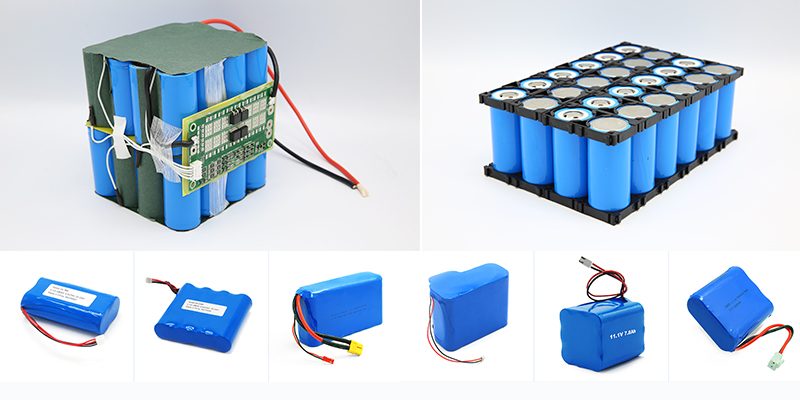
Conclusion
Understanding the materials used in Li-ion batteries is key to appreciating their design, performance, and safety. From high-voltage cathodes to conductive separators and precise electrolyte systems, every component plays a critical role in shaping battery efficiency and durability.
At HIMAX ELECTRONICS, we focus on integrating advanced material science into our Li-ion battery pack production, ensuring long-term reliability across diverse applications—from electric mobility to medical devices and renewable energy storage. If you’d like to explore more about our battery solutions, feel free to get in touch with our team.

